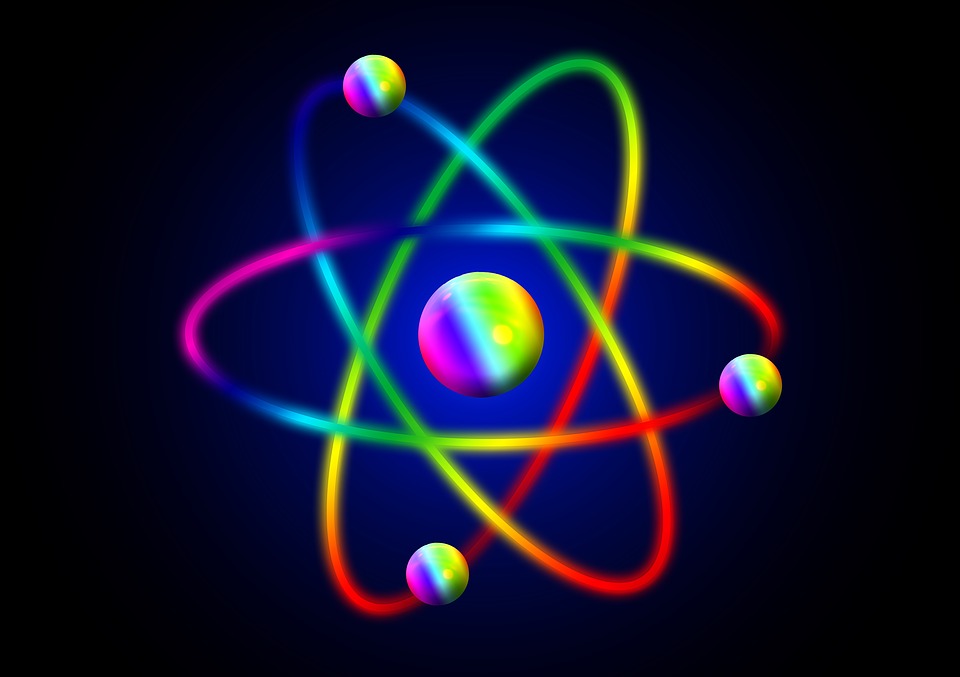Exploring the Depths of the Atom

Pixabay
At the heart of a nuclear explosion lie the secrets of some unstable atomic nuclei, specifically many protons and neutrons. This imbalance causes the nucleus to split, releasing energy in the form of radiation and releasing neutrons, causing a chain reaction.
One of the most famous events related to nuclear explosions is their role in the development of nuclear weapons during World War II. The Manhattan Project, which produced the first atomic bomb, marked a turning point in human history and changed the world's view of the evil power and moral consequences of nuclear energy.
My dear readers, it has also been discovered that nuclear explosions are a powerful source of energy. The construction of nuclear power plants was a great success in the energy sector. Through insulation, large amounts of energy can be released in a controlled manner, providing a powerful, continuous energy source without producing the greenhouse gases associated with heat from fossil fuels.
Despite the benefits of nuclear fission, it also poses some problems. Proper management of radioactive waste and prevention of the proliferation of nuclear weapons are important issues that must be properly resolved. Furthermore, the damage caused by nuclear accidents such as the Chernobyl disaster in 1986 and the Fukushima crisis in 2011 also demonstrated the need to implement nuclear safety measures.
In the search for sustainable energy solutions, nuclear fission continues to be a focus of research and development. Concepts such as fast reactors and laser welding represent advances that could increase the efficiency and safety of the technology.
Nuclear analysis has proven to be very important in science, with benefits and disadvantages for humanity. As we continue to explore the depths of the atom, it is important to overcome the ethical and technical issues associated with nuclear explosions to realize their potential and sustainability.
Nuclear fission is the splitting of atoms (mainly isotopes of uranium or plutonium) through a series of processes and systems. The following are some important processes of nuclear fission:
Nuclear fission reaction:
Nuclear fission is commonly represented by a chemical equation. For example, in the fission of uranium-235, the general equation is:
Where:
235
92U
It is uranium-235, ^1_0n is a free neutron, ^A_ZX and ^A-1_Z Y are the fragments resulting from fission, and two additional neutrons are released.
Bibliographic reference
Alpha-, Beta- and Gamma-Ray Spectroscopy by K. Siegbahn, 2012.
Nuclear Physics by Ram N L Soto, Ramón L. Soto, Rolando Paucar, 2012.
Nuclear Physics by W. E. Burcham, 2020.
INTRODUCTION TO RADIOCHEMISTRY by
ÁVILA REY María Jesús del Pilar, CALVINO CASILDA Vanesa, LÓPEZ PEINADO Antonio José, 2018.
Nuclear Physics by W. E. Burcham, 1974.
Thanks for your contribution to the STEMsocial community. Feel free to join us on discord to get to know the rest of us!
Please consider delegating to the @stemsocial account (85% of the curation rewards are returned).
Thanks for including @stemsocial as a beneficiary, which gives you stronger support.